A Murakami piece is instantly recognizable—brightly colored, high gloss, childlike, futuristic. As a young man, Murakami was obsessed with anime and manga, and those qualities infuse his work today. Having achieved cult status in his native Japan, he was tapped in 2002 by Marc Jacobs to design a line of handbags for Louis Vuitton. It remains the most successful fashion-art collaboration in history. In 2007, a retrospective, titled “© Murakami,” opened at L.A.’s Museum of Contemporary Art, and in 2010 he became only the third contemporary artist to have a solo exhibition at the Château de Versailles.
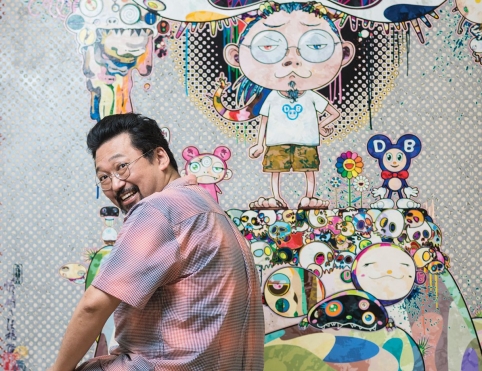
His cultural currency is global and inclusive, encouraging young artists through his art fair, Geisai, as well as children and their imagination in his new feature film, Jellyfish Eyes. Murakami may call his style “superflat,” referring both to his technique and to postwar Japanese culture, but in the art world he’s a superhero. Read on to discover the creative journey of this art genius and his views on what makes a ‘successful’ artist.
When did you know you’d become not just “big in Japan” but a huge voice in the cultural world?
Takashi Murakami: I actually feel like the phrase “big in Japan” is not appropriate for me. The reason is that there are more people who sympathize with my practice in America than there are domestically in Japan. In Japan I am famous in certain special circles—mainly as someone who is trying to break down and enlighten the conventions of Japanese art. Rather than a big figure, I guess you could say I’m more of an influential minority symbol.
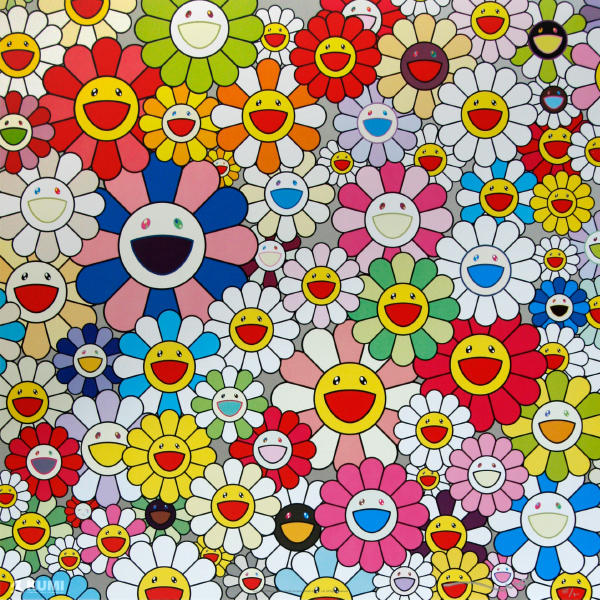
How do you use that voice now?
TM: In Japan I focus mostly on sending messages through Twitter, trying to spread my minority way of thinking. And what is that way of thinking? Something that, in the West, is generally considered a given—that to create art, we must study history and from that context try to envision the future. In Japan the majority way of thinking is that art is, and should be experienced as is, and that any preconceived ideas will only get in the way.
Who is your favorite creature, and why? If you were one of your creatures, which one would you be?
TM: That would be Oval—a pitiful creature who has no desire to be born into this world but is summoned anyway by scientists. In his surprise he reacts violently and is cast as a pariah, eventually being led back to the netherworld. Basically he is my self-portrait. Though I wouldn’t want to become him, this self-portrait, Oval, is my ultimate F.R.I.E.N.D.
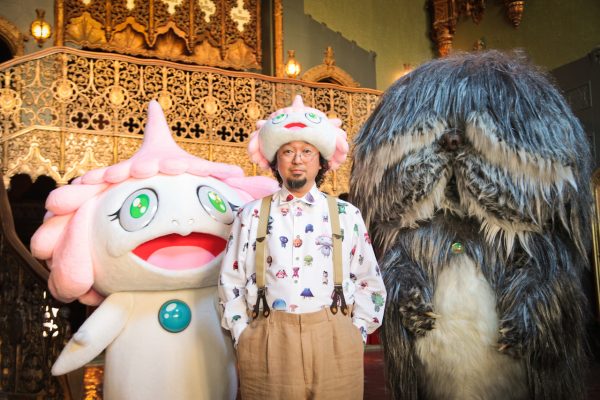
One of your most famous collaborations was with Marc Jacobs for Louis Vuitton. Now that he has left the house, would you like to collaborate with him again?
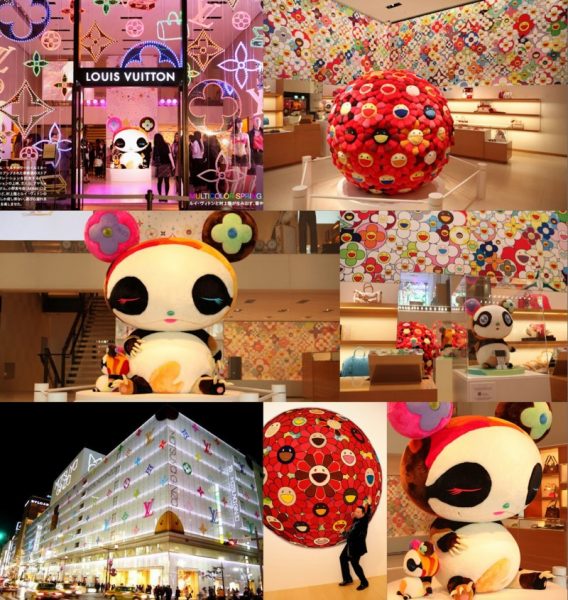
TM: The credit for the success of the Louis Vuitton Multicolore project belongs to Marc Jacobs. He was the creative director, and I followed his direction. A single lifetime is not enough to express the gratitude I have to him for making it into a collaboration with such impact. If Marc were to ever call on me again, I would rally to the task in an instant.
Is there another designer you would be interested in working with?
TM: Well, it’s not really a designer, but for the past 10 years, over 95 percent of the shoes I have worn have been Vans sneakers. So I’d like to try a collaboration with Vans sometime. Who knows?
In the beginning, making art was a personal matter for you?
I wanted to be commercially successful. I just wanted to make a living in the “entertainment” world, but since then my motivation has changed.
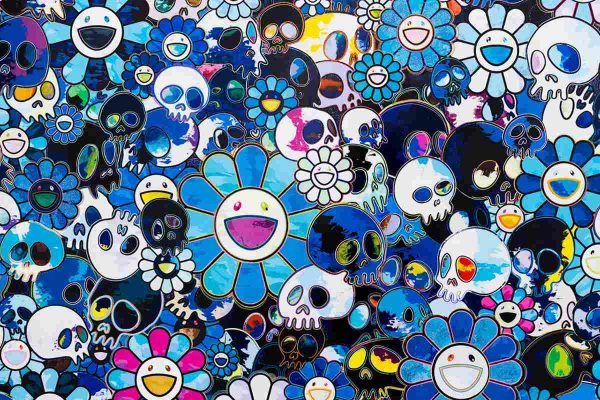
How?
What I have done so far was to make a living. And I was highly strategic about what kind of paintings I should make for that purpose. Even this interview could be considered good for business.
Now, aren’t you contradicting yourself? You said you expressed yourself in your art.
Only those artists who have an ability in marketing can survive in the art world. Damien Hirst is a good example. Through his art, you can see the process of how an artist can survive in the art world. First of all, distinctively situate his/her position in art history. Second, articulate what the beauty of his/her art is. Next, sexuality. Then, death. Present what he/she finds in death. If an artist aptly rotates this cycle, he/she can survive. Damien Hirst has been repeating the cycle of birth, death, love, sex and beauty.
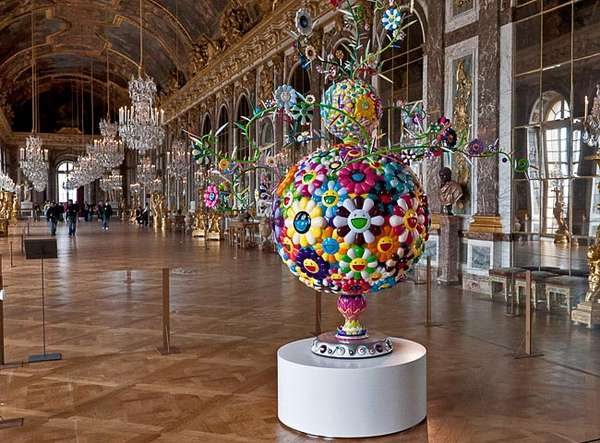
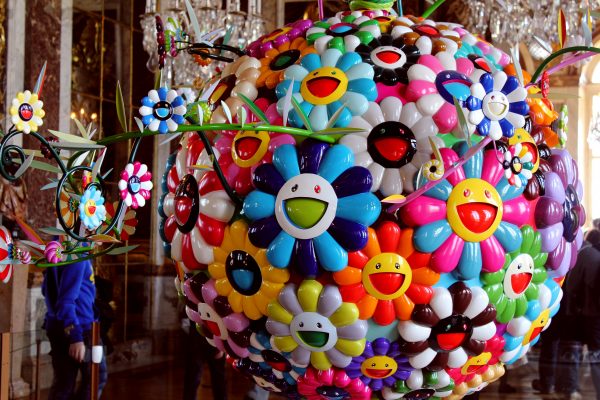
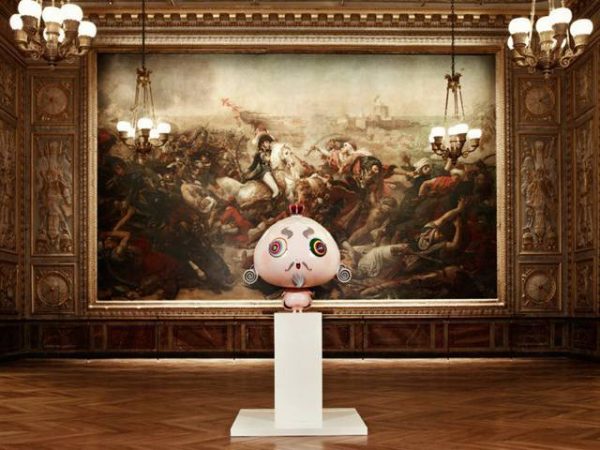
Doesn’t every artist try to repeat that cycle?
Yes. That’s why Picasso has been continuously consumed as well as Warhol. This attests that artists that have a sense of the market make the best of the rotation. The reason why Matthew Barney is not doing well is that the style of his works remains similar. In addition, he couldn’t make an effective presentation in the theme of death. On the other hand, Damien Hirst expressed death so successfully by slicing cows that viewers understood him. He also succeeded in expressing beauty with his dot paintings.
But even though artists know marketing well, they don’t necessarily become successful.
Of course, not. It depends on talent of an artist.
All your projects were very successful.
Because I conducted research about the art market. There are examples of what an artist should do at a certain age. If someone wants to survive in any field, he or she should conduct research about the field he or she belongs to. But, most people don’t bother.
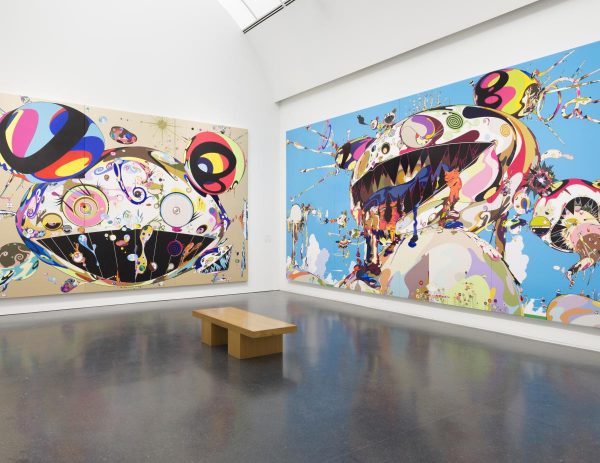
But taste should also be reflected in art.
Yes, otherwise there is no reality in it.
In your case, your taste happens to fit your strategy.
The reason why my art is not popular . . .
It is popular.
No. In my prospect, I should have been as popular as Damien Hirst and should have been put on a cover of an art magazine like Rirkrit Tiravanija. In fact, I wasn’t. It was the limitation of my talent. I know how to present my work, but in order to be very successful, an artist has to break through a thin membrane. It takes another talent.
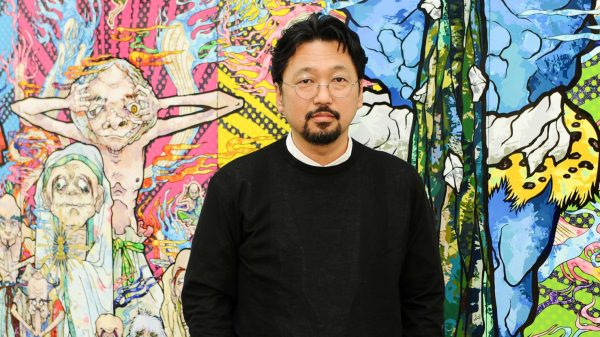
*extracted from the internet
